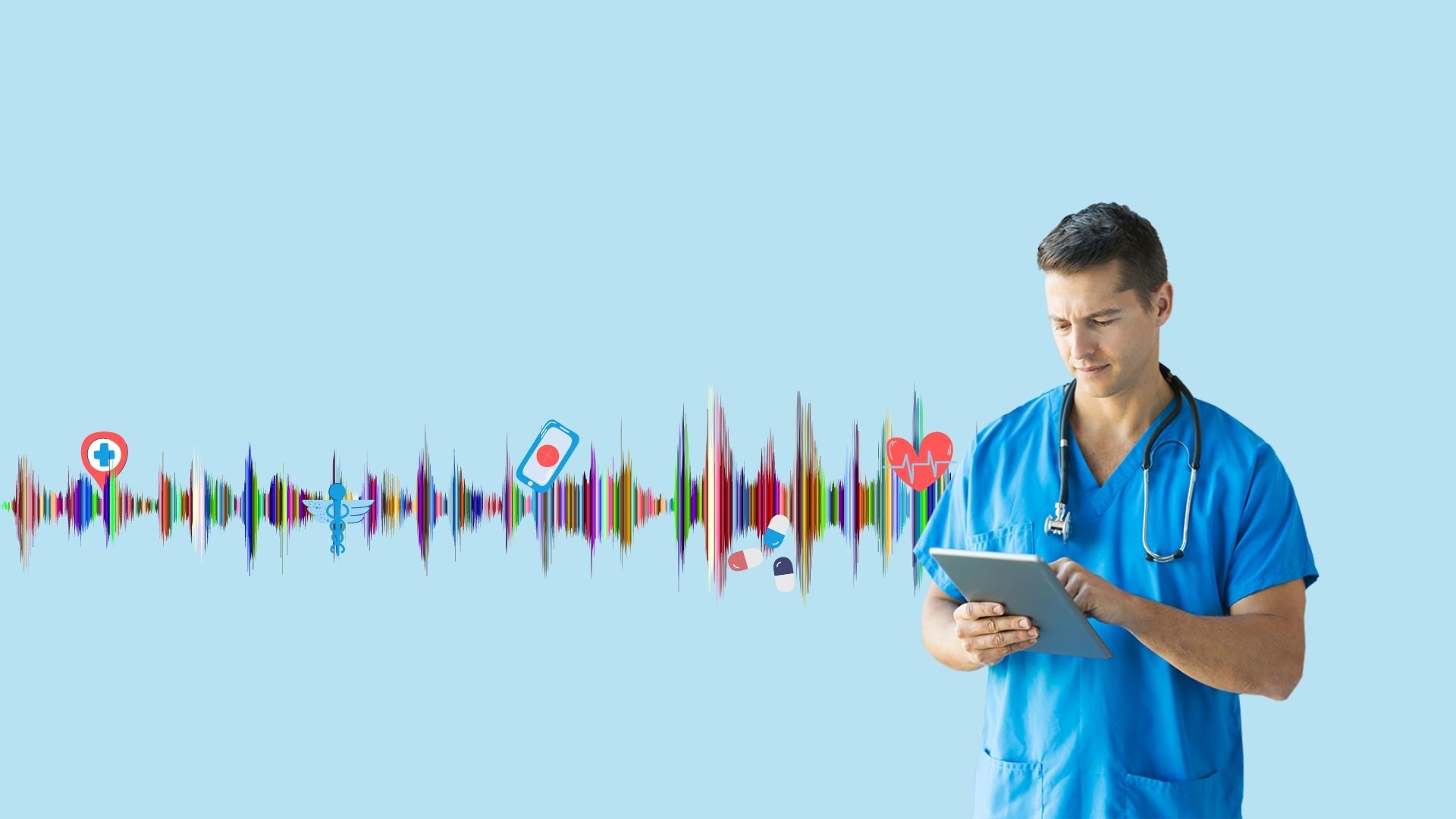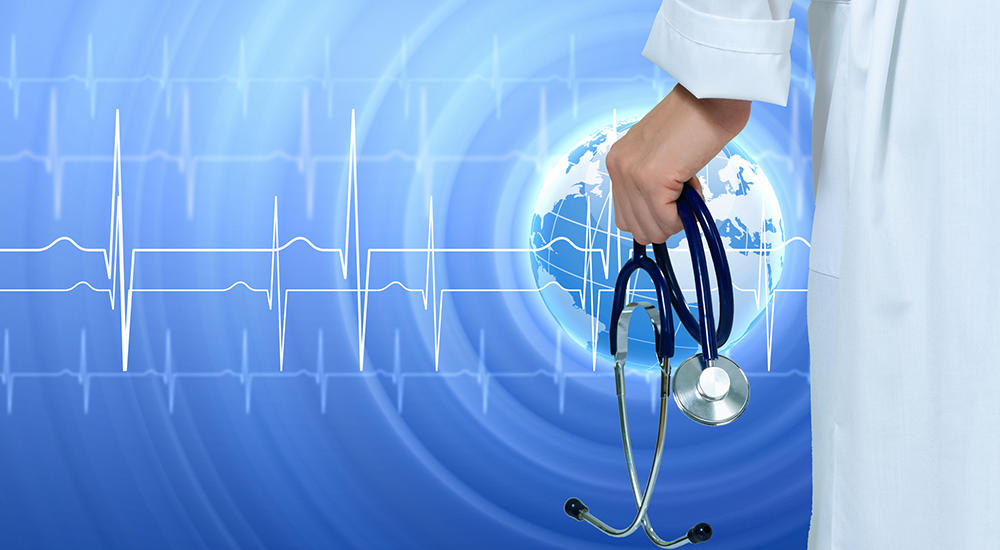You probably don’t like going to a hospital. You’re not alone in that.
Whether you need to schedule a check-up or seek emergency help, no one wants to be stuck on hold or simply encounter poor customer service. What matters for a positive patient experience from the first contact is the speed of support and empathy in some cases, that’s what medical call centers should take into account. And modern health tech can assist.
In this article, we are going to discuss the operational impact of healthcare contact centers and the significance of electronic health records (EHR) in patient-doctor communication. Furthermore, can we really benefit from EHR and medical call centers integration? Let’s get to it.
How Medical Call Centers Work
Medical call centers (also known as contact centers) are usually undervalued, even though they are an important link between patients and providers. They play a significant role in creating a positive image among clients and for them to be well serviced.
The customer-centric approach implies an entire focus on serving customers as it is the only way of getting a result. A specified medical call center ensures patients that his/her needs will be addressed by the correct healthcare specialist. And a business must make a good impression at the point of first contact if they want to ensure customer retention. If patients have an emergency, they want to schedule an appointment as soon as possible. Companies who underestimate the importance of carefully calibrated managers’ training could deliver disappointing service. That’s definitely not what is expected by a patient looking for help.
Successful interaction between patient and healthcare provider can result in such benefits as:
- Patient management improvement. Medical contact centers alleviate the workload of hospitals and manage call flow by resolving the most common questions. For example, outbound calls mostly consist of frequent appointment reminders, pre-appointment admissions, patient/care navigation, and others.
- Speeding up response time. Call center managers are 100% dedicated to communication and are not distracted by other medical personnel duties. This high-level personal attention helps to reduce cancellations and rescheduling, lower patient complaints.
- Reducing operational costs. Outsourcing to healthcare call centers eliminates the need for extra space and equipment for a constant calls flow. It minimizes strain on existing infrastructure and reduces phone bills and regular maintenance that an in-house call center regularly needs.
- Better reputation. The 24×7 availability of hospital representatives is directly related to their attention to patients, which in turn leads to increasing patients’ loyalty.
Important to say, medical call centers must adhere to serious standards. And, of course, they must uphold the federal and state regulations.
Medical Data Management
The Health Insurance Portability and Accountability Act (HIPAA) is the primary regulation that defines the use of, access to, and disclosure of protected/personal health information (PHI) in the United States. PHI is any piece of information that was created, used, or disclosed during making a diagnosis or treatment that can be used to personally identify them. HIPAA regulates how this data is created, collected, transmitted, maintained, and stored by any HIPAA-covered organization.
There are some practical challenges that medical contact centers must bear in mind. For instance, they may not have up-to-date patient’s personal information in place. Furthermore, the physical absence of medical workers is slowly becoming our reality, so the use of electronic records of patient data became an irreplaceable tool. That’s where EHR comes to play.
Electronic health records system is being increasingly adopted by health care providers and according to HealthIT.gov, 75% of them reported on delivering better patient care while using it. But what is it really?
Advantages and Disadvantages of EHR
EHR is a constantly updated database that includes patients’ medical history, laboratory results, prescription drugs, medical certificates and reports, and physician’s notes. Although several reports on the effects of EHR integration have been released, evidence on EHR efficiency continues to be questioned.
The most valuable advantages include the following:
- faster access to patient data without making patients waiting in line;
- a more representative picture of medical history and improved accuracy of documentation;
- reducing the costs associated with paperwork;
- efficiency improvement;
- safer prescribing while automated alerts note potential risks;
- lowering the burden on medical personnel, which, in turn, reduces medical errors committed.
Despite the growing evidence base on the benefits of EHR implementation, there are particular inefficiencies and inconveniences to be aware of. Security and privacy issues are two major disadvantages of EHR systems, alongside the following:
- errors caused by wrong system design and misuse put at risk the information inputted;
- potential medical data leakage may cause serious consequences that endanger patients or lower the quality of services provided;
- the system breach causes problems both for the patient and healthcare organization;
- cybersecurity and privacy issues can be very costly;
- irregular updates of patient health information may lead to critical errors in diagnosis, treatment, and health outcomes;
- additional charges on setting up the system, staff training costs, and switching paper records over to digital ones.
However, digital transformation enters every sphere of human activity sooner or later, so let’s discuss how those obstacles can be offset by an elegant solution.
EHR and Medical Call Center Integration
No doubt, medical contact centers are doing their best in saving time and helping any health provider deliver better patient care. Managers must be properly trained and show reliability and compassion to the patients, and good informational support is indispensable.
EHR system integrated to call center software provides sorted data that is stored and viewed on a single platform. This helps those responsible to keep patients informed about their treatment plan and to consider all aspects of a patient’s state while making an appointment scheduling.
7 Steps to a Productive Work
As there are a variety of people involved in the integration workflow, it is crucial to stick to a plan or checklist. Call center software as a service is scalable and can be modified by implementing EHR in seven steps (optionally).
- Build a team: select and organize the individuals who will be involved in using and integrating the EHR system into the medical call center workflow.
- Plan a roadmap: key points include budget planning, scheduling implementation, data transfer, hospital staff training, running multiple tests before going live, and setting KPIs for contact center managers.
- Configure the system: make sure the EHR chosen meets all the needs, is 100% compatible with call center software, and is clinically driven.
- Complete data migration: transfer legacy data to new database fields, finish EHR database setup, test and verify the new data inputs.
- Know-it-all training: hold role-based coaching to avoid any misunderstandings and get full-time communication with a health care provider.
- Test the system: check the modification of appointments and scheduling, reliability and network speed, complete data backup processes.
- Troubleshoot the system: constantly examine the workflow to operatively reduce risks and eliminate ongoing errors that may occur while integrating with third-party services.
In addition, how an EHR consultant, Adam Siegel, noticed in an interview with Business News Daily: “A practice should have a clear understanding of how their complete practice will operate on the new system by the time they sign the contract and begin the implementation process.”
Conclusion
EHR may be one of the most convenient digital patient-centered tools to be used to operate with patient data and monitor HIPAA compliant call centers’ performance thanks to complete documentation of patient visits and rendered services. It’s a must for any medical organization that is serious about optimizing its daily routine. Successful integration of professionals in medical contact centers and EHR systems as a structured and constantly updated database is a key to delivering better quality healthcare services and patient satisfaction in general.
In the future, it will allow digitalizing more activities, avoiding high-priced and burdensome processes like manual scheduling on a doctor appointment, making medical record abstractions, and more.
04 October 2021





